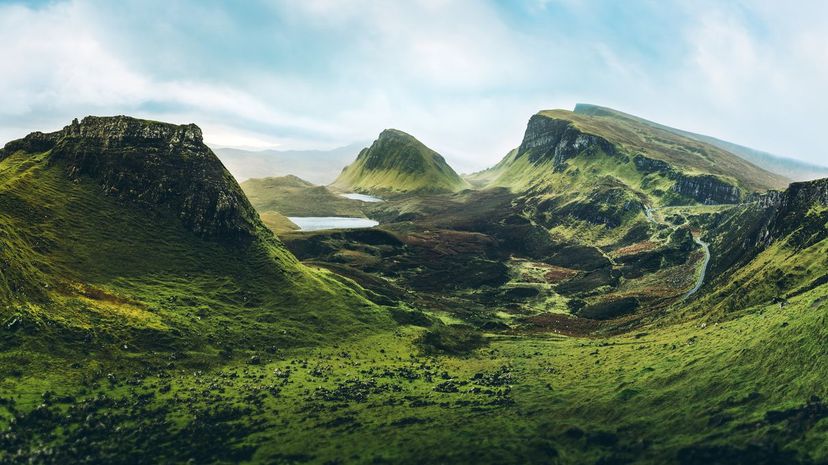
About This Quiz
Sorry, all you architects, builders and landscape designers, even the most skilled among you can't compete with what Mother Nature herself has created. Don't feel bad though; not only has she had all the time in the world, she also had an unlimited budget and materials you'll to which you'll never have access. Even better, she's still creating to this day and will go on shaping the Earth long after we've all left it.Â
The good news is that her efforts have resulted in some truly breathtaking landscapes, from rivers that pour over massive cliffs to form waterfalls, to mile-deep canyons carved by the slow passage of a river. Around the globe, you'll find bridges carved out by mythical giants, redwood trees that soar hundreds of feet into the sky, gushing geysers and rocky landscapes that look like they would fit right into the next big sci-fi flick. These incredible landscapes span the globe, and while you've probably heard of many of them (Rainbow Mountains? Great Blue Hole), it might be a little trickier to remember where you'd have to go to see these amazing sites for yourself. Do you think you can guess where they are located? Prove it with this quiz!
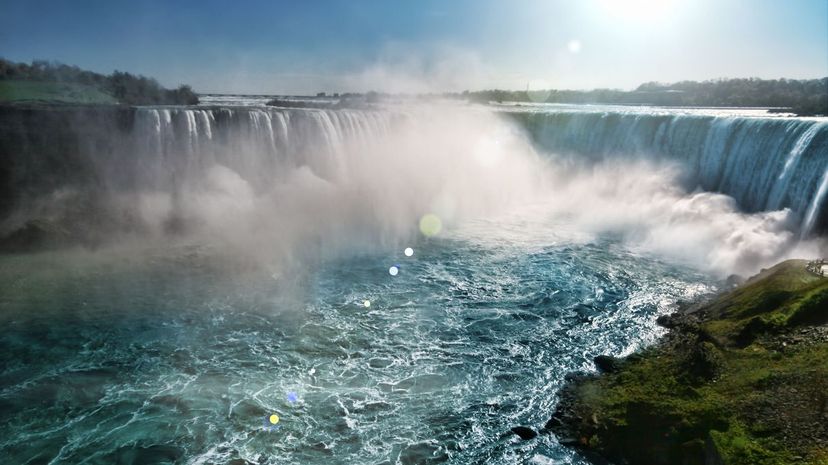
Niagara Falls straddles the Canadian and U.S. border in the cities of Niagara Falls, Ontario and Niagara Falls, New York. Of the three falls at this location, Horseshoe is the largest at 2,700 feet wide and 167 feet high. More than 6 million cubic feet of water pour over this waterfall each minute during times of peak flow.
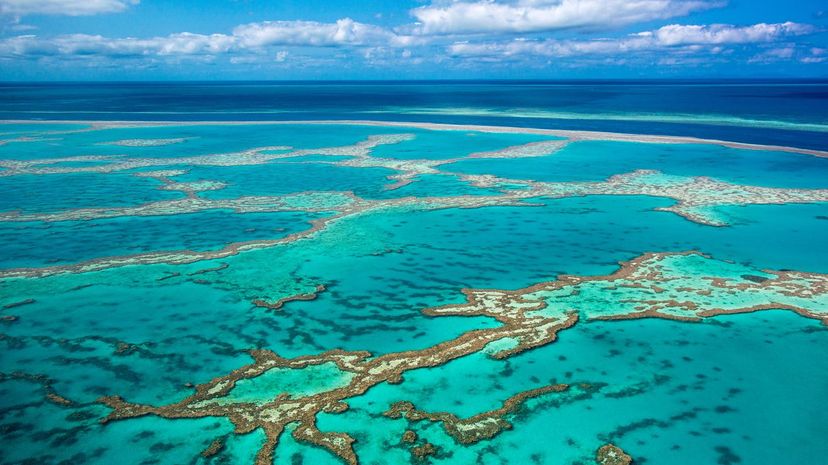
More than 2 million people a year head to the Queensland, Australia, region to take in the world's largest reef system, the Great Barrier Reef, according to the Great Barrier Reef Foundation. Visible from space, this area offers incredible diving and snorkeling. If you can't make it in person, Google Street View offers a fish-eye view from below the sea.

The Provence area of France is famous for its lavender, which grows in seemingly endless fields of brilliant violet. Peak bloom takes place in July and August, with some of the most popular fields found at Plateau de Valensole and Notre-Dame de Senanque.
Advertisement
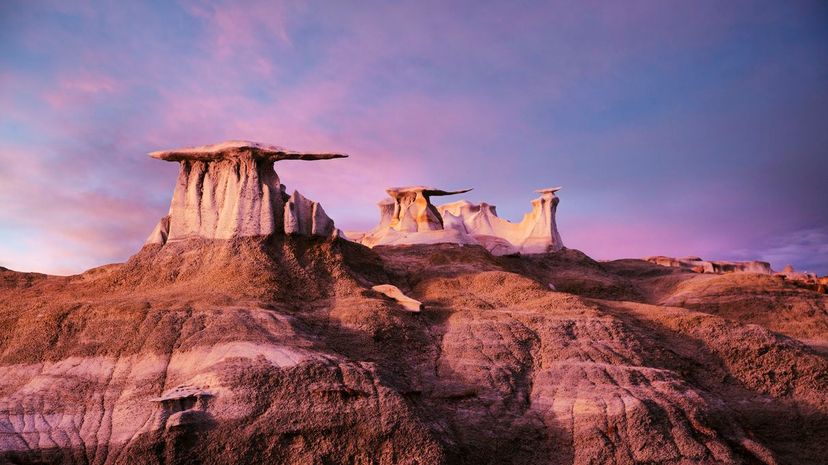
Known as Die-Na-Zin by the local Navajo people, the Bisti Badlands in New Mexico in the southwestern United States are full of rock spires called hoodoos. These spires, alongside other rock formation and eroded sandstone structures, lend the landscape a look that would fit right into a movie set on the red planet.
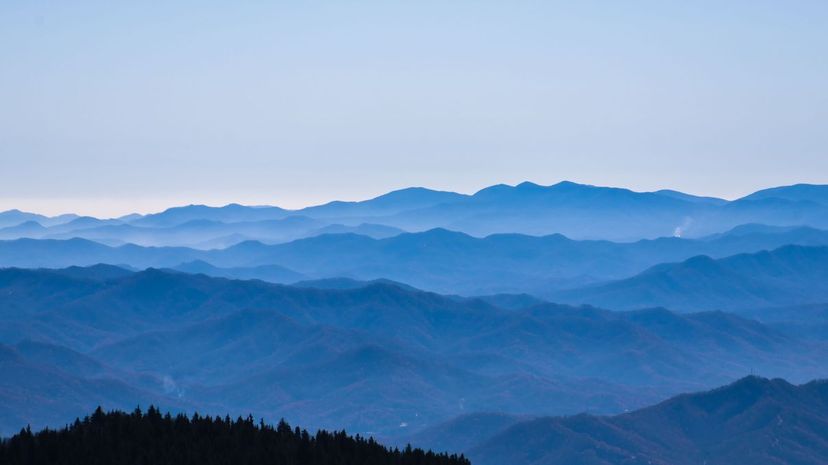
Part of the Appalachian Range, the Blue Ridge Mountains run over 500 miles from Georgia to Pennsylvania. You can get a great view of the mountains from the Blue Ridge Parkway, which runs alongside, and features plenty of scenic overlooks to park and soak in the landscape.
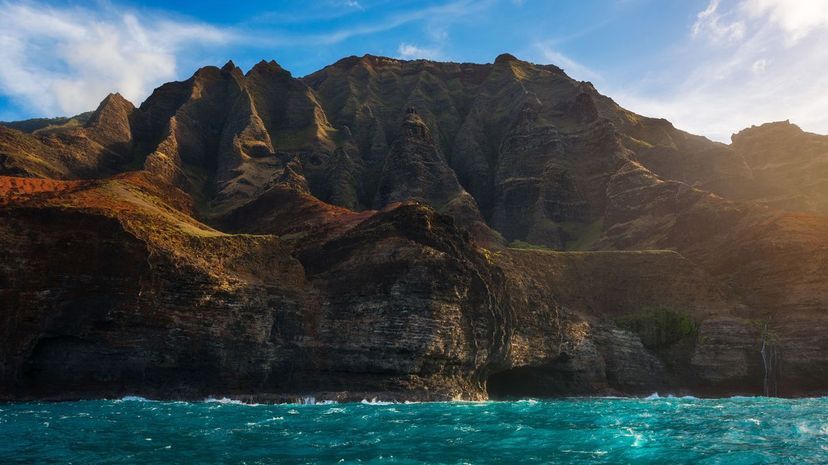
Though it sits far away from the mainland in the Pacific Ocean, Hawaii is a part of the United States. To see pali, or sea cliffs that soar high above the blue waters of the Pacific, head to the Napali Coast on the North Shore of Kauai. The scenery is so incredible, it was featured in some of the "Jurassic Park" flicks.
Advertisement
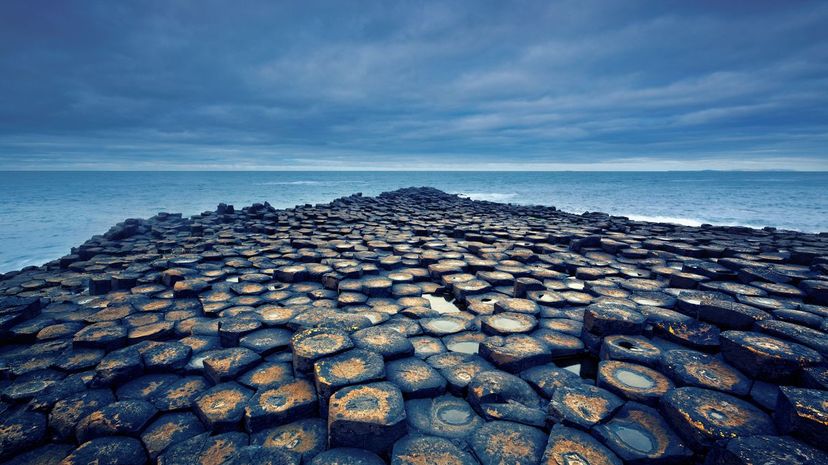
Just of the coast of Northern Ireland, more than 40,000 basalt columns extend from the sea. Most are hexagonal, but they can have as many as eight sides and reach as tall as 40 feet, according to the National Trust. Depending on who you believe, this incredible sight is the result of ancient volcanic activity, or the giant Finn MacCool created it as he stomped off to Scotland to fight fellow giant Benandonne.
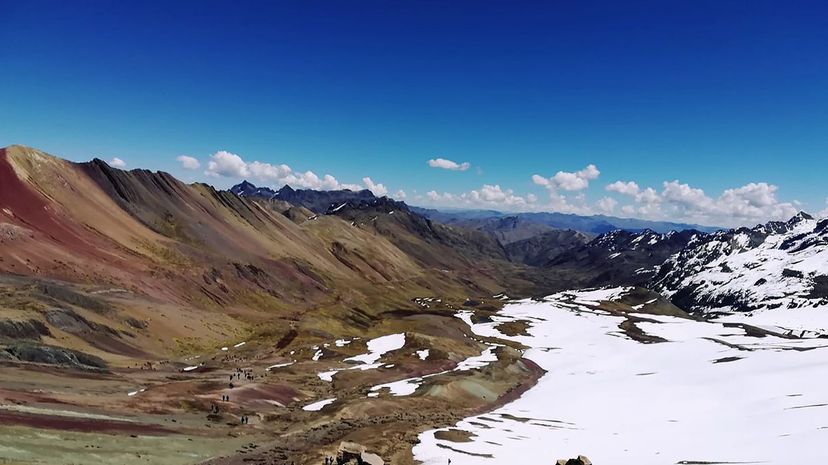
Thousands of years of ice and water erosion in the Andes Mountains of Peru helped to create the majestic Rainbow Mountains. So-named because they feature stripes of vibrant hues, these mountains are only about three hours from Cusco, which is also a popular jumping off point for visitors to Machu Picchu, another breathtaking Peruvian landscape.
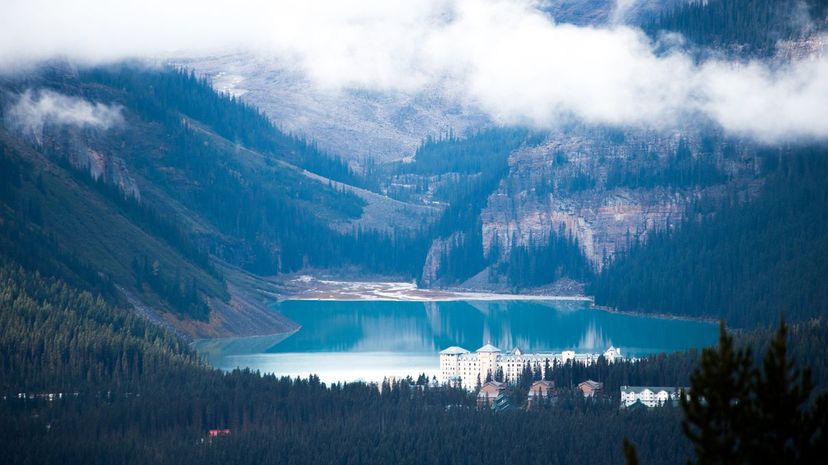
The glacier-fed Lake Louise near Banff in Alberta, Canada, is known for its clear blue water. Surrounded by mountain peaks, it's a beautiful scene any time of year. At one end of the lake sits Chateau Lake Louise, one of Canada's iconic railroad hotels built at the beginning of the 20th century.
Advertisement
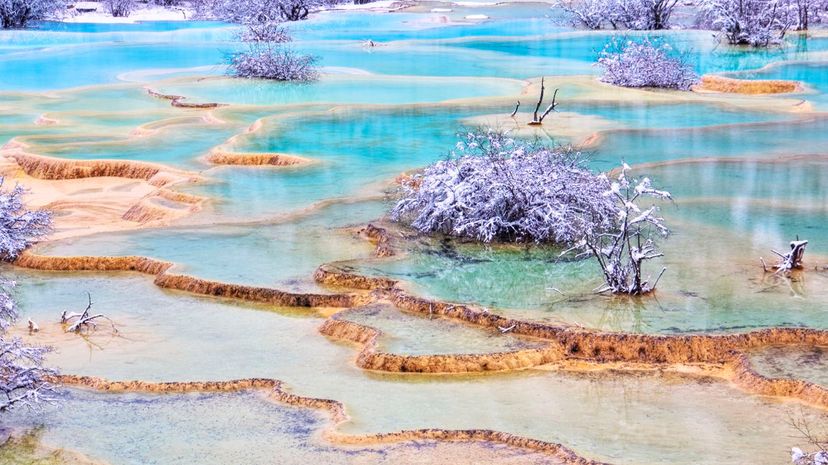
Located near Sichuan, China, the Huanglong Pools consist of many travertine pools with brilliantly-colored water thanks to calcite and other mineral deposits. Surrounding the pools are snow-covered peaks, waterfalls, caves and animal-filled forests.

Hoodoos are rock spires or pillars formed over thousands of years due to erosion, and the largest collection of these formations on Earth can be found in the United States at Utah's Bryce Canyon National Park. Established in the 1920s, the park is full of richly colored stone structures, as well as wildlife ranging from black bears to falcons. It's also just four hours away from Moab, home to more unique rock formations at Arches National Park.
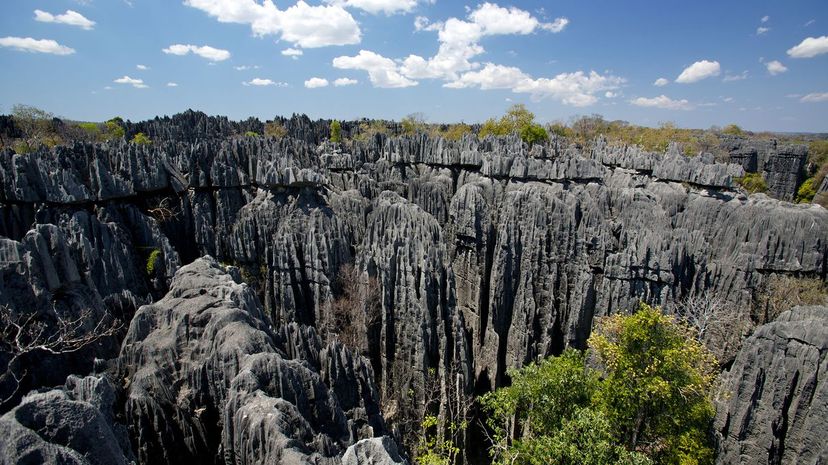
Tsingy de Bemaraha is a national park found on Madagascar's western coast. Its main attractions are the tsingy, needle-shaped limestone pillars up to 300 feet tall. These peaks are surrounded by more amazing sites, from mangroves and swaps to forests and lakes.
Advertisement
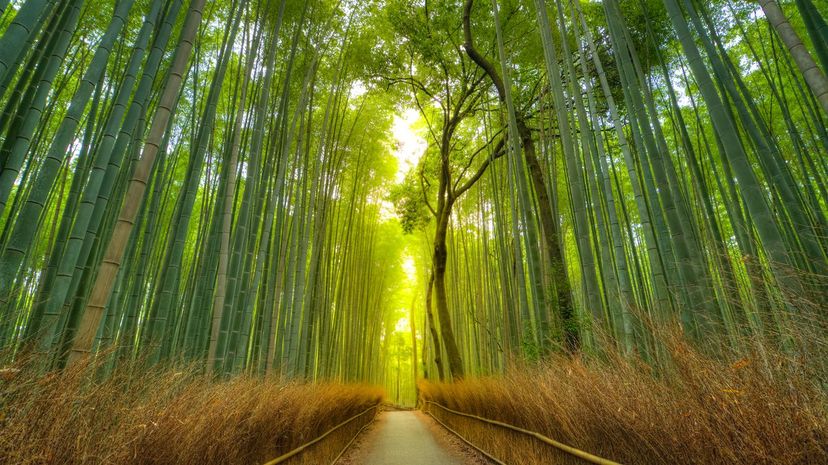
Sagano Bamboo Forest in Japan's Arashiyana district invites visitors to wander along paths carved through acres of towering bamboo. At the entrance to this landscape, you'll find the 14th century Tenryu-Ji Temple. According to legend, the bamboo provides strength and protection from evil for those occupying the temple.
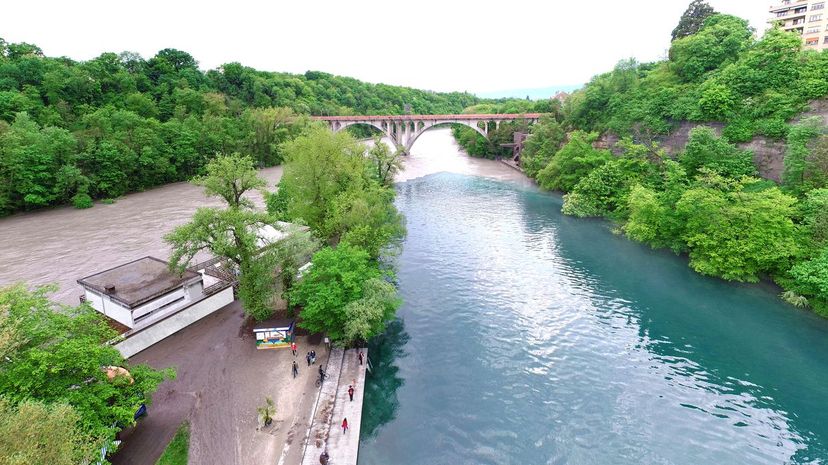
As the Rhone River exits Lake Lehman in Geneva, Switzerland, it runs right into the Arve River at a point known as La Jonction. The glacier-fed Arve, browner and siltier than the clear blue Rhone, runs side by side along its sister river to create a strange area of bi-colored water.
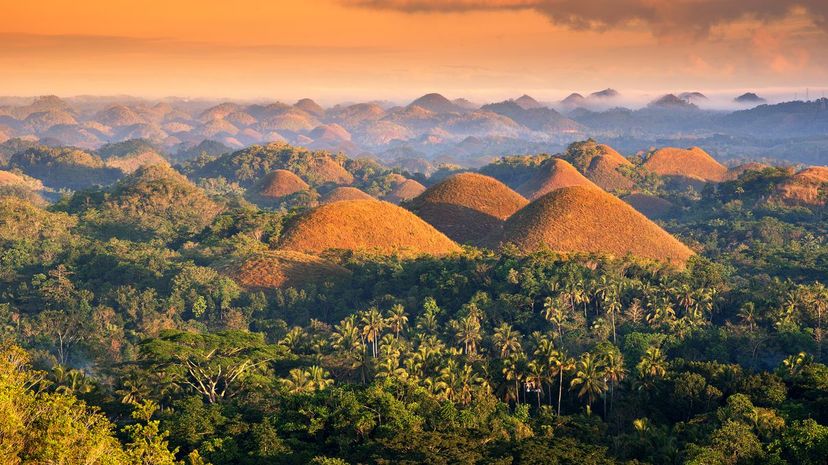
The Chocolate Hills of the Philippines are the result of thousands of years of erosion to the coral and limestone in the area. More than 1,700 miles, some over 400 feet tall, are spread over a 20 square mile area, according to "National Geographic."
Advertisement
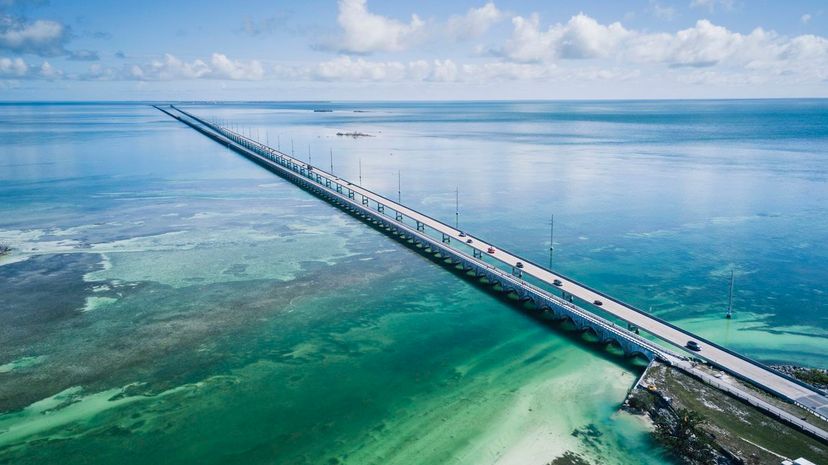
At the southern tip of the Florida mainland, the Overseas Highway allows visitors to drive over the water and through a series of keys that eventually lead to Key West, the southernmost point in the continental United States. Part of this 113-mile drive, which includes 42 bridges, requires a trip across the Seven Mile Bridge, which is among the world's longest bridges.
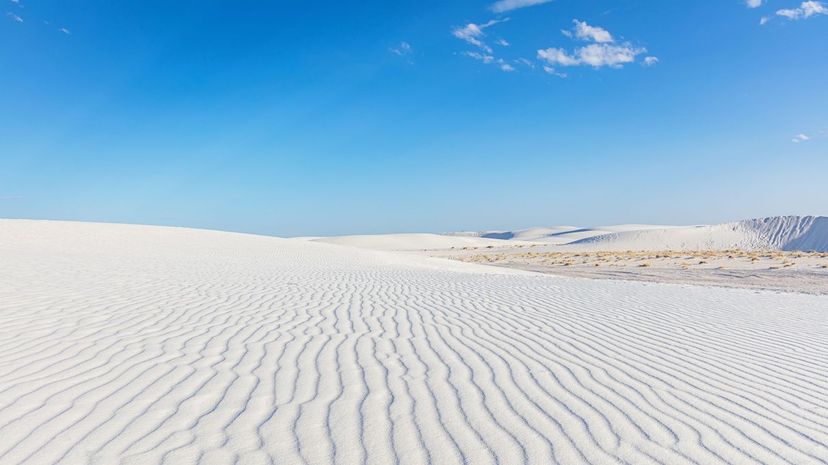
White Sands National Monument is a U.S. National Park covering 275 square miles in the southwestern state of New Mexico. As barren as these glaring white sands may seem, more than 800 animal species call the dunes home, according to the National Park Service.
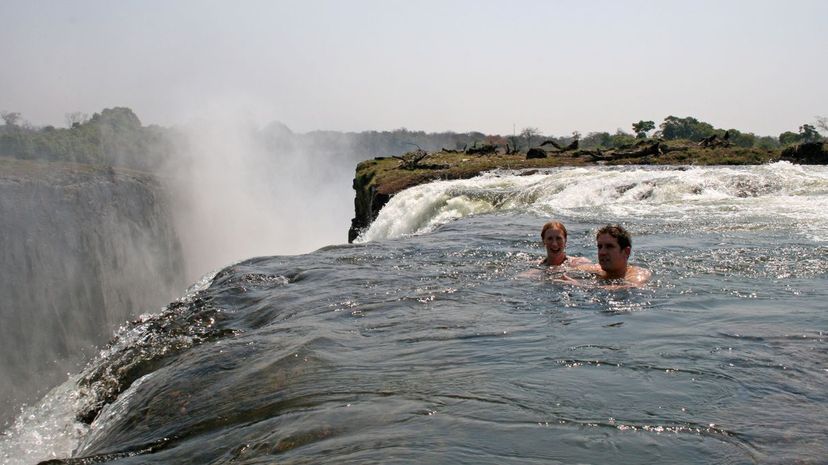
Where the Zambezi River meets the border between Zambia and Zimbabwe, you'll find Victoria Falls. Twice as tall as Niagara Falls, this natural wonder is particularly breathtaking because it falls into a gorge slashed across the landscape. If you're especially daring, you might be able to take a swim in the Devil's Pool, a natural pool cut into the rock just before the river tumbles horizontally over the cliff on the Zambia side.
Advertisement
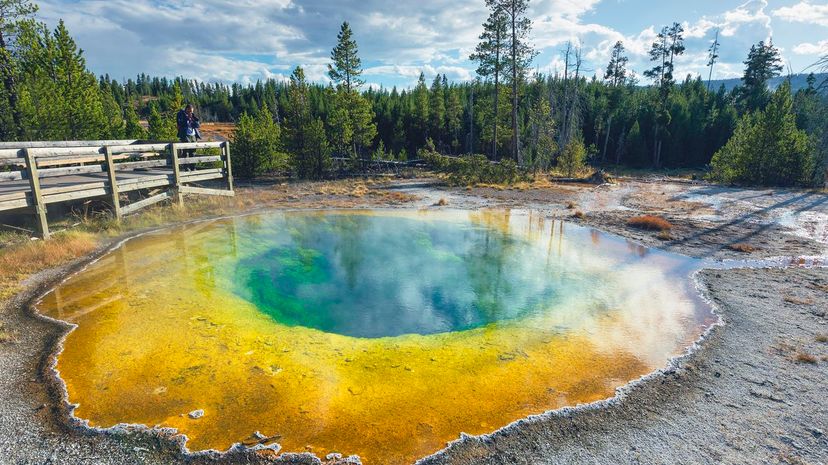
The United States got its first national park in 1889 with the creation of Yellowstone in Wyoming. The landscape at Yellowstone has no shortage of sights to steal your breath, from the Old Faithful Geyser to the Morning Glory Pool, a hot spring shaped like a funnel with concentric circles in vibrant hues.
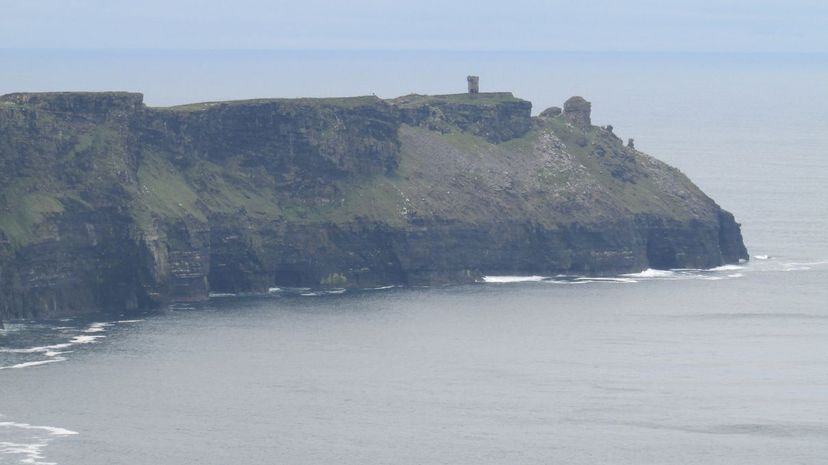
The Cliffs of Moher soar as high as 700 feet over the Atlantic in Ireland's County Clare. Named for a fort called Mothar, which was demolished in 1808, the cliffs welcomes 1.5 million visitors in 2016 alone, according to "The Irish Examiner.'
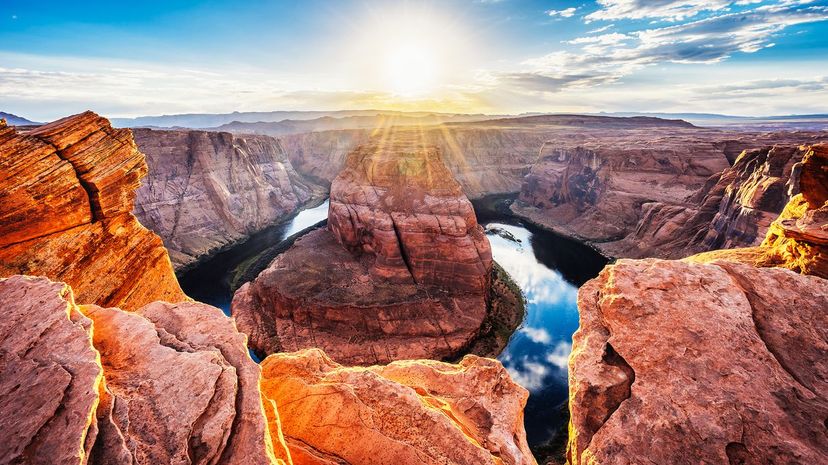
A National Park since 1919, the Grand Canyon now draws more than 5 million visitors a year to the state of Arizona in the southwestern U.S., according to the National Park Service. Around 90 percent stick to the popular south rim, though those seeking solitude can view the mile-deep void from the canyon's rugged north rim.
Advertisement
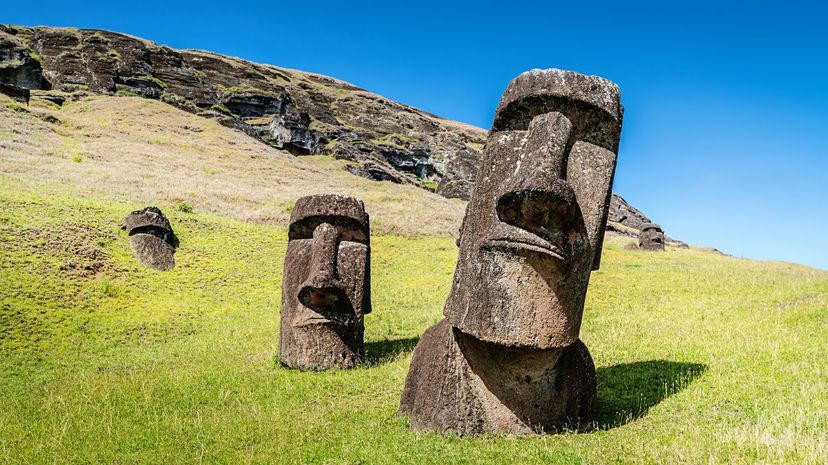
Managed by the government of Chile, 63 -square-mile Easter Island sits 2,000 miles away from the mainland in the Pacific Ocean. This remote landscape is home to more than 800 Moai, huge stone statues carved between 1200 and 1600 by the Rapa Nui people.
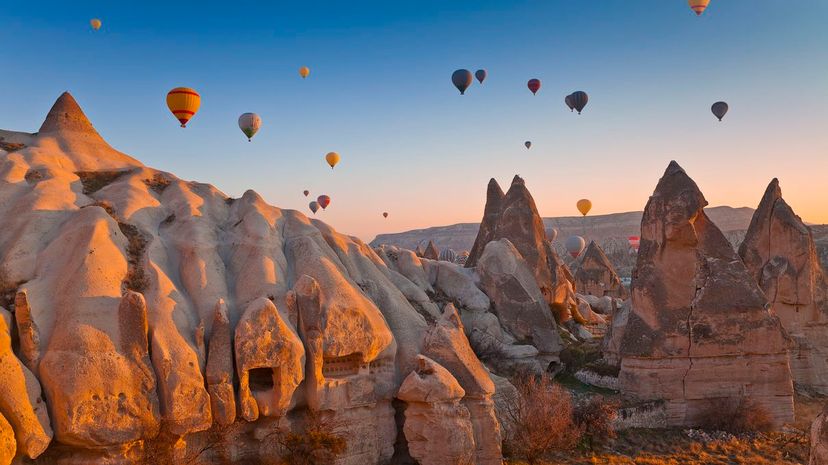
There is no landscape on Earth like that of Cappadocia, Turkey. Rock towers known as fairy chimneys sit alongside ancient homes and cathedrals carved right into stone cliffs. If you ever see a picture of this sight, it likely includes hot air balloons, which rise up over the rock formations each day to give a birdseye view to tourists.
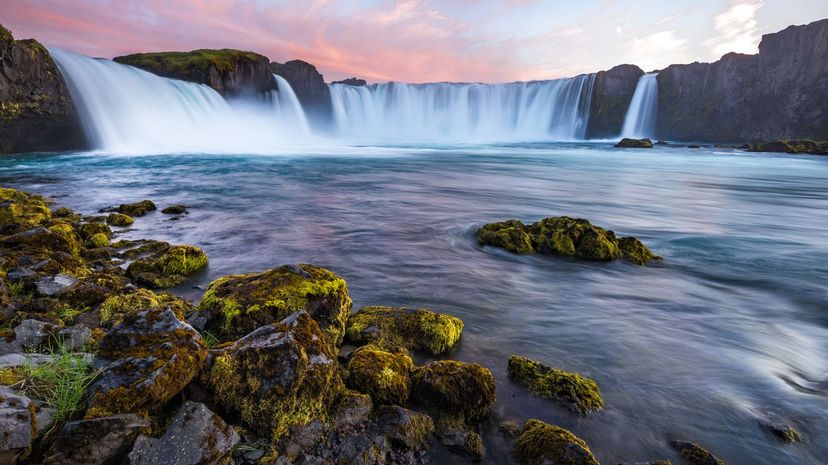
Legend has it that the gorgeous Godafoss Waterfall was created by the tears of the Norse gods in 999 when Christianity became the official religion of Iceland. Located on the iconic Ring Road, the falls is only 40 feet high but makes up for that in width at nearly 100 feet wide.
Advertisement
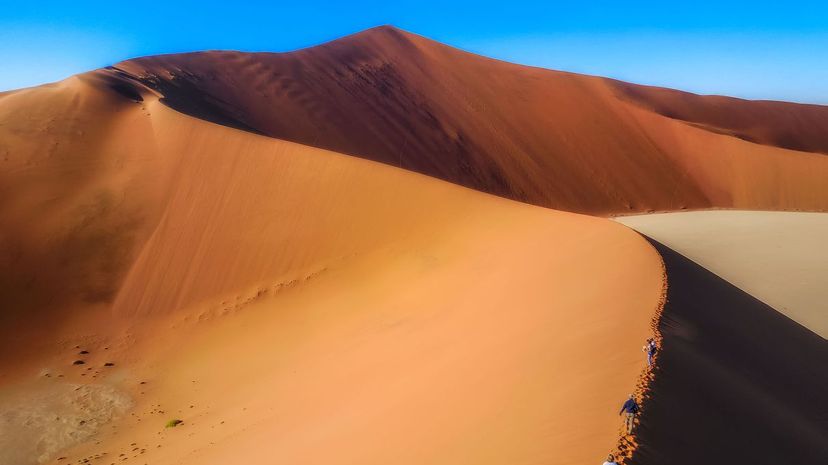
Iron oxide gives the world's largest sand dunes, located in Namibia's Namib Desert, a bright red to orange color. One such dune, known as Big Daddy, measures 1,200 feet high and is popular with those looking to sled down or to drink in the beauty of the area.

Maori for "sacred waters," Wai-O-Tapu is a breathtaking landscape in New Zealand. It consists of colorful hot springs, including the vivid green and orange bubbling Champagne Pool, as well as Lady Know, a geyser that erupts every morning to shoot water 60 feet in the air.
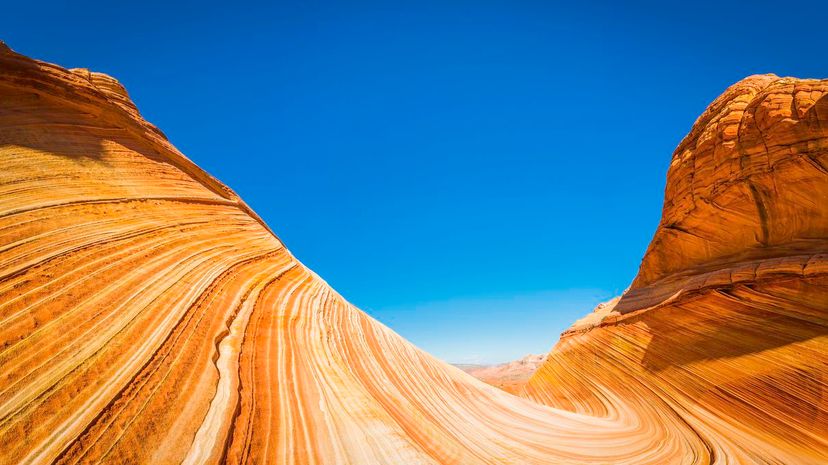
Located in Arizona near the Utah border in the United States, the Wave is an incredible piece of stratified sandstone shaped like the perfect ocean wave. This magnificent sight on the Coyote Buttes is so popular that permits to visit are issued via a lottery, and even those lucky enough to score one are faced with hours of hiking to reach the Wave.
Advertisement
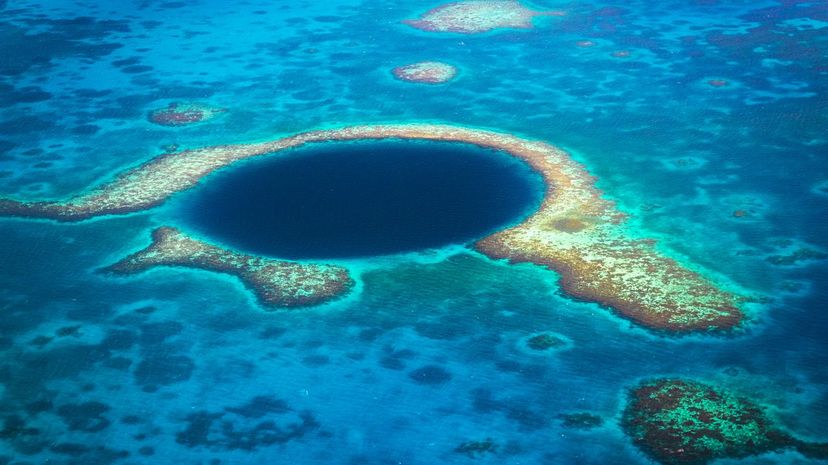
Just off the coast of Belize in the Caribbean Sea lies a Great Blue Hole. It's a 400-foot deep sinkhole below the waves that measures 1,000 feet across. Made famous in the '70s by Jacques Costeau, this vast blue void is a wonder to behold.
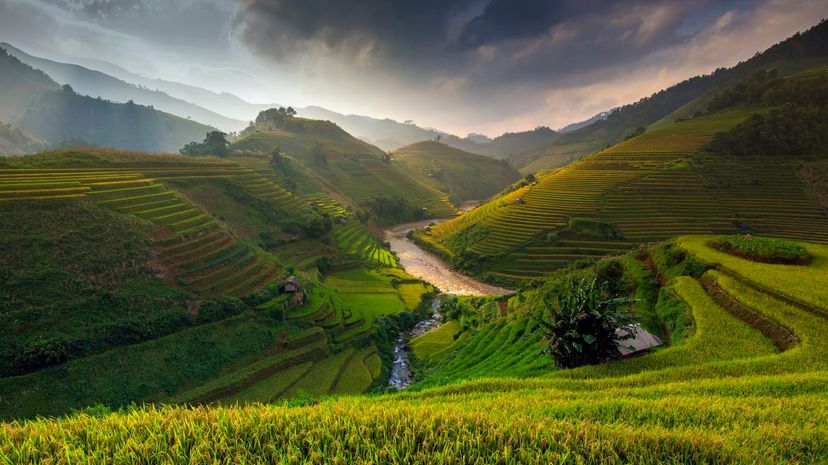
Mu Cang Chai in northern Vietnam is a rural area tucked into the mountains. For centuries, the local Hmong people have managed to work the land by cutting terraced fields for rice cultivation right into the mountain slopes. At peak harvest time in Setpember and October, the lush terraced steps are a majestic sight to behold.

With an average temperature of 94 degrees F, Ethiopia's Danakil Depression is the Earth's hottest spot, and also one of the lowest and driest places on the planet. The Afar people have lived here for centuries, among hydrothermal fields and lakes turned to various unusual colors thanks to mineral deposits.
Advertisement
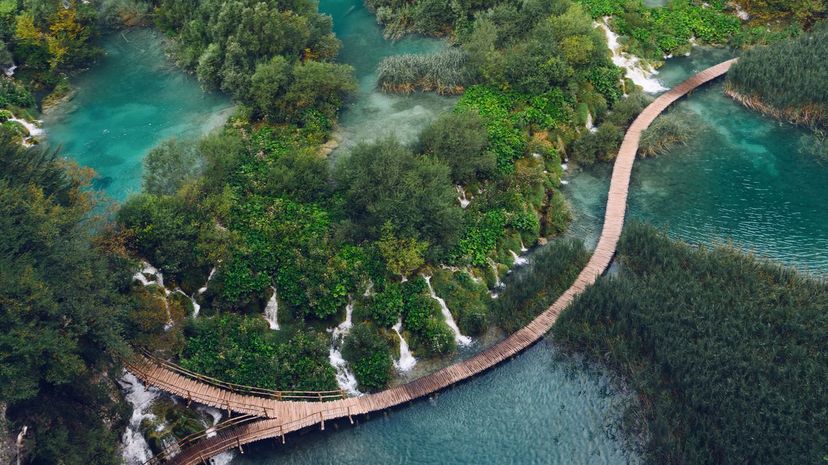
Founded in 1949, Plitvice Lakes National Park in Croatia is located near the country's capital city of Zagreb and has been a UNESCO Heritage Site since the '70s. Visitors can wander through a series of connecting lakes arranged on layers of travertine stone, which give each pool of water a unique and vibrant shade of blue or green.
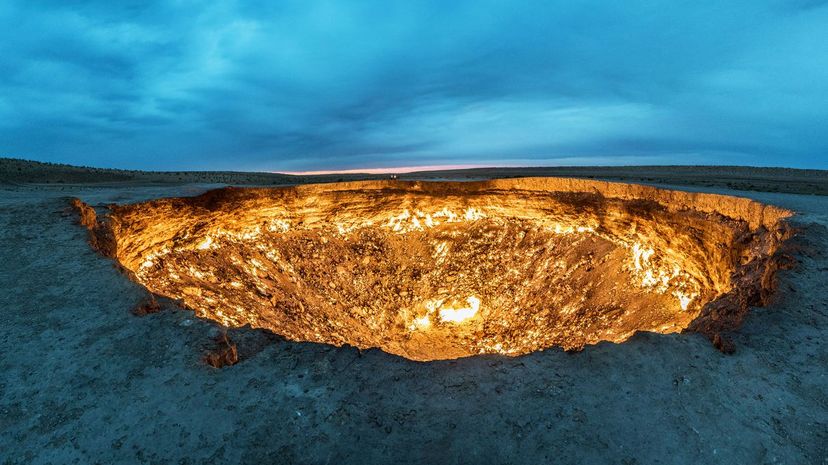
Just north of Iran in Turkmenistan, you can view the Darvaza Gas Crater. More than 200 feet in diameter and 100 feet deep, the burning hole in the ground sits in the middle of a barren desert and has been steadily burning since 1971. No wonder people call it the Door to Hell.
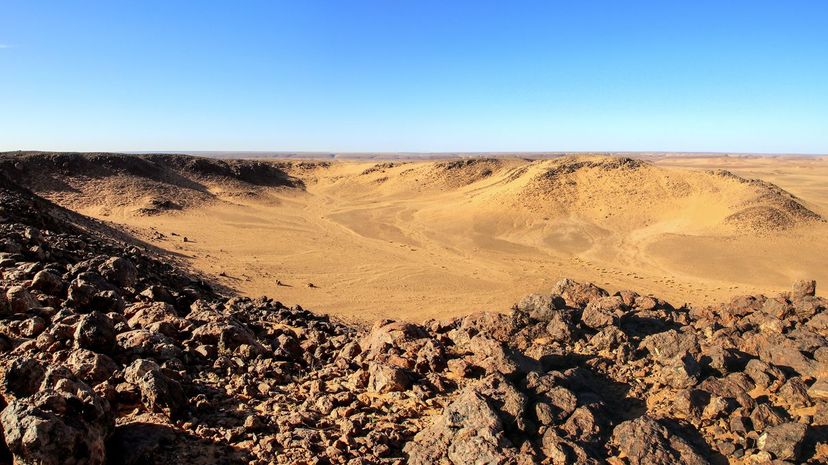
At the center of the world's largest desert lies an eroded 25-mile diameter dome known as the Richat Structure. Formed over 100 million years, this Eye of the Sahara looks like a massive bullseye when viewed from the air.
Advertisement
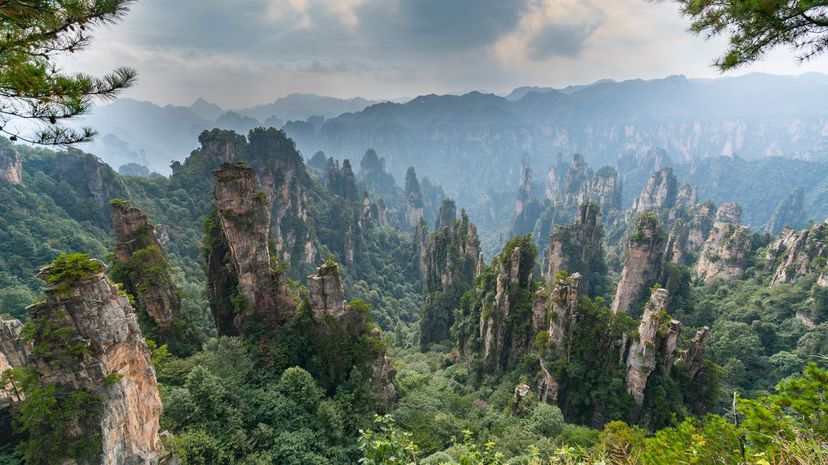
China's Hunan Province is home to Zhangjiajie National Park, an amazing landscape of stone pillars, the tallest of which soars more than 3,000 feet into the sky. This region, which inspired the designers of the 2009 film, "Avatar," can be viewed from a 1,400-foot long glass bridge, which gives tourists a look at the ground 1,000 feet below.
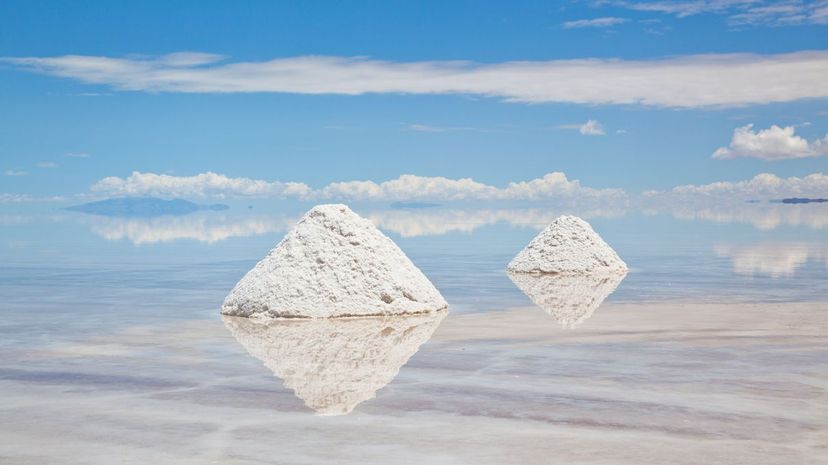
Bolivia's Salar de Uyuni are the largest salt flats in the world. Once a prehistoric lake, this salty plain turns into a shiny mirror after it rains, allowing visitors to appear to walk on water through a truly breathtaking part of the world.
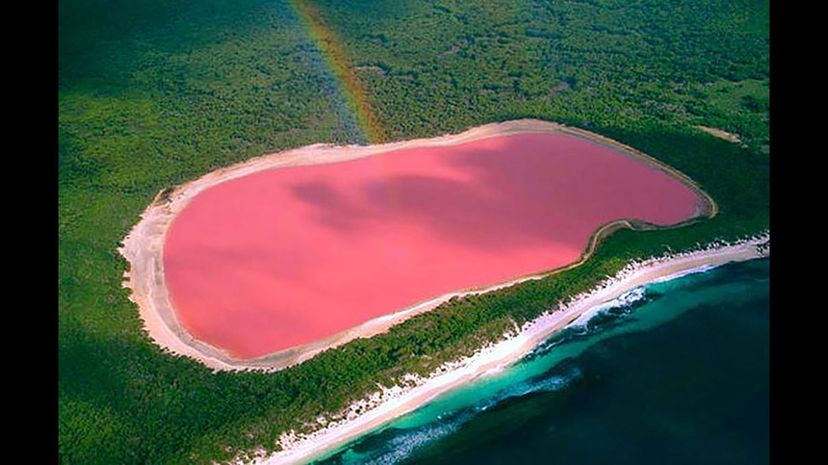
Visit Australia's western coast to take in the magnificent Lake Hillier. Separated from the Pacific Ocean by a thin strip of trees, the sparkling pink lake is a shocking sight in contrast to the deep blue of the ocean. Since the shocking pink hue is created by microalgae rather than pollution, it's perfectly safe to take a dip, according to Conde Nast Traveler.
Advertisement
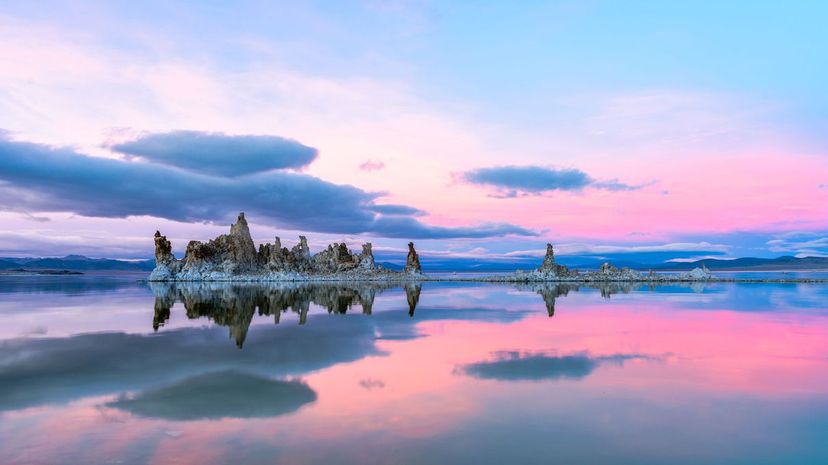
At 1 million years old, Mono Lake in the U.S. state of California is the oldest lake in North America, according to the California Department of Parks and Recreation. Located near Yosemite National Park, Mono Lake is famous for its tufa towers, which are mineral spires that rise from the water to create a landscape like nothing else on Earth.
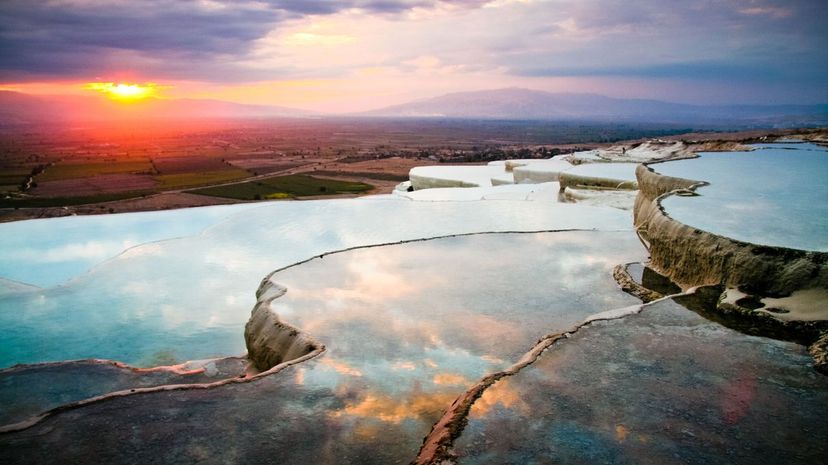
Pamukkale in southwest Turkey is a breathtaking landscape like nowhere else on Earth. Located around the ruins of the ancient city of Hierapolis, the sight features levels of terraces made from travertine and limestone. Pools of water on each terrace vary in color thanks to different mineral deposits in the area.
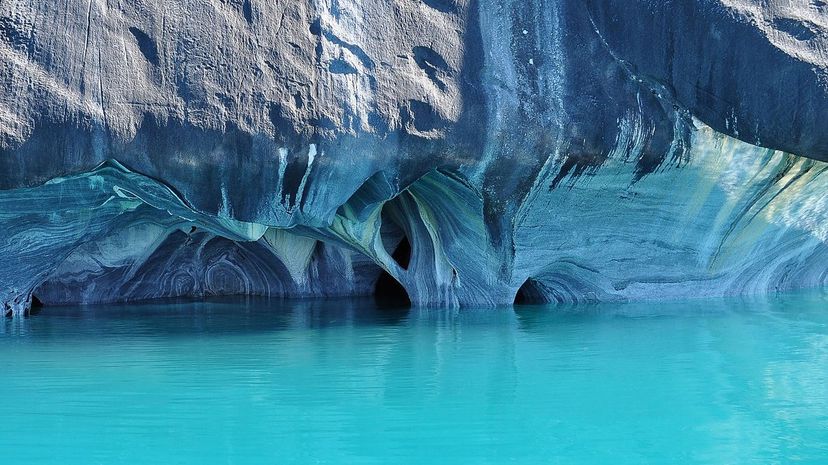
Chile's Lake General Carrera is so massive that it even has waves, which is a good thing because the action of these waves has shaped rock structures within this Patagonian Andes lake into a truly breathtaking site. Known as the marble caves, they are accessible only by boat and feature shades of blue, green and gray. The water in the cave is remarkably clear, and more marble structures are visible just below the surface.
Advertisement